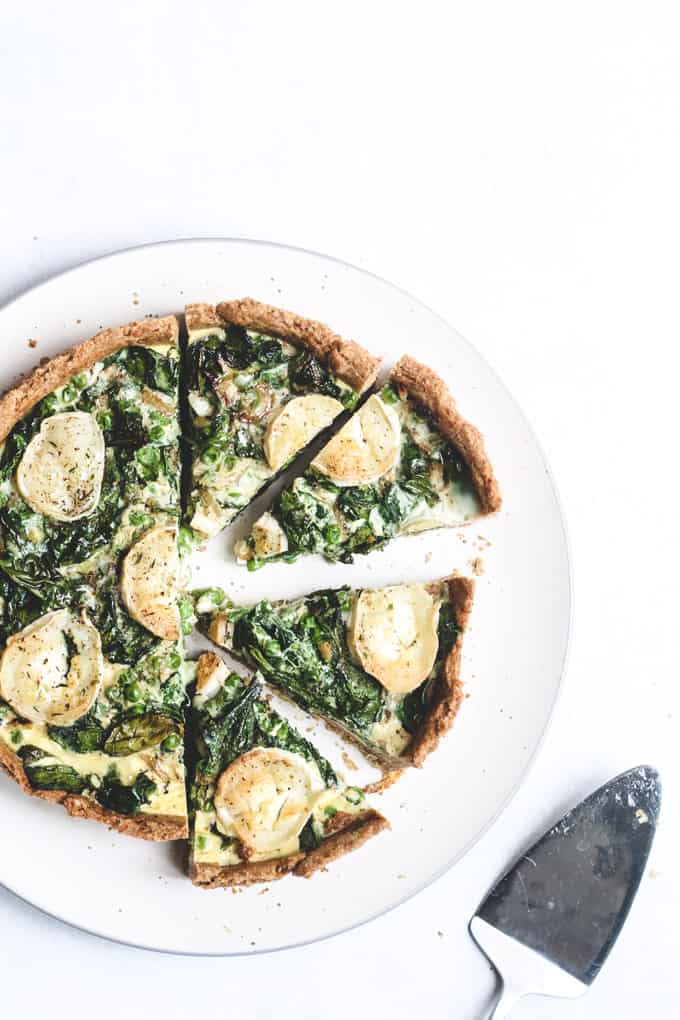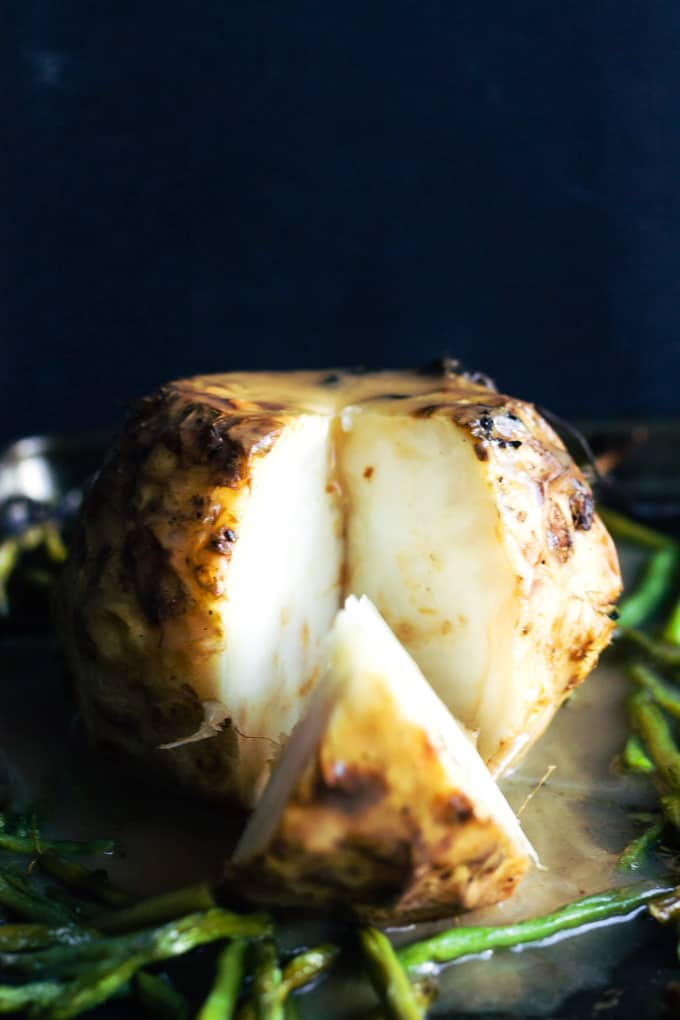Sugar Free Wholegrain English Muffins

Bakeries can be dangerous places when you are trying to eat foods that are low in sugar. Cakes, doughnuts, pastries… these things were always obviously sugary to me. But I was surprised when I started properly reading labels to find out how much hidden sugar lurked in the bakery aisle at the supermarket. Bread, teacakes, scones, bagels, American or English muffins… I considered these items relatively healthy, but I was shocked to see the sugar content and some of the other additives, vegetable oils and unhealthy ingredients they contained.
Between trying to lower our sugar intake and trying to cut out refined carbs and white flour as much as possible and replace them with wholegrains, I found that learning the simple art of making homemade breads and baked goods was both fun and excellent for our health as a family. Plus, fresh baked homemade goods are far far tastier than the shop-bought kind.

My parents made pretty much all of the bread in our house growing up. Both are great bakers and enjoy the process, but we were fortunate to have a bread maker in the house (which they still have – yes they last forever), which meant that all they had to do was pour some ingredients in a machine before they went to bed, press a button, and we would have fresh baked bread waiting for us when we woke for breakfast. Waking up to the smell of fresh bread in the morning is one of my favourite and most frequent childhood memories.

When I left home, I didn’t have a bread machine and figured I didn’t have time for bread-making, so I started buying ready made bread in the shops. Pretty quickly I realised that these bland mass-produced unhealthy cardboard types bore no resemblance whatsoever to the delicious flavoursome soft breads of my childhood, and it wasn’t long before I was scouring Freecycle and Gumtree in search of someone giving away or selling a second-hand bread machine. But the truth is, now that I have been making bread for a while, I have come to realise you don’t need a fancy contraption to make delicious bread (although I do recommend one if you have a few quid to spare). It requires very little in the way of hands on time, and most of it is just leaving dough to rise!

Take these English muffins, for example. Their taste and ingredients’ list are far superior to the kind you will find in the shops. But all it requires of you is 5 mins of mixing and kneading, and then 10-15 mins of shaping and cooking. The rest is just leaving them to do their thing while you get some work done, put your feet up, or even sleep! 🙂
If you are going to be out at work or elsewhere all day, you have a few options: I like to make them at the weekend when I am home and freeze them already sliced to just stick in the toaster when we need them. Another option is to make them in the evening when you get home and have them cooked before bed. The other option (you can do this with bread dough, too), is simply to make the dough the night before and let it rise in the fridge overnight. It slows down the rise so you can leave it overnight without problem. Just bring it up to room temperature on the counter in the morning before proceeding with the shaping, resting and cooking.

Whichever way you make them, these are an excellent gentle introduction to baking breads and yeast doughs, and they taste amazing! Not to mention they are much much healthier than the white flour, sugar and preservative-laden shop bought ones. (And you get to make sugar free sausage & egg mcmuffins!)

A sugar free, preservative free, veg oil free, wholegrain version of English muffins. Minimal hands on time, cheaper and tastier than shop-bought, and much healthier, too! A great family baking project.
- 300 g (2 cups) strong wholemeal flour
- 2 tsp fast action yeast
- 2 tsp salt
- 1 tbsp xylitol, optional
- 1 tbsp unsalted butter, soft
- 1 medium egg
- 125-180 ml (1/2-3/4 cup) milk
- polenta (cornmeal) and more flour, for dusting
-
Stir the flour, yeast, salt and xylitol (if using) together in a large bowl. Add the butter, egg and 125ml (1/2 cup) milk and knead with your hands or in a stand mixer until the dough comes together. Add more milk if it's struggling to come together. The dough should be soft but not sticky (if it starts to feel sticky, add a little more flour). Knead for about 10 mins by hand or in the stand mixer, then roll into a ball and place in a lightly oiled bowl (if it's relatively clean I just lightly grease the same bowl I mixed it in to save on washing up). Cover with a tea towel and leave to rise for about 1 hour.
-
Once it has risen, dust a clean work surface generously with polenta and flour. Roll the dough out to about 2 to 3cm (3/4" to 1 and 1/4") thick and use a large cookie cutter (mine was 9cm/3 and 1/2") to cut out 8 muffins from the dough.
-
Place on a baking tray dusted with polenta and sprinkle a little more polenta over the top. Cover with a tea towel again and leave for another 20-30 mins.
-
Heat a large frying pan over a low heat. Add the muffins to the pan when it is hot, and cook for about 5 mins on each side, until the muffins are browned on the outsides and cooked through on the inside. Allow to cool on a cooling rack, then serve (ideally toasted) with your choice of toppings. We love nut butters or just plain old salted butter, but sugar free jam is yummy, too. My personal favourite is savoury toppings for breakfast or lunch: eggs, bacon, veggies, hummus... You can even make a "muffin bar" and put out different low sugar sweet and savoury toppings for everyone to choose their own. Or use these muffins to make my sugar free sausage & egg mcmuffin.







